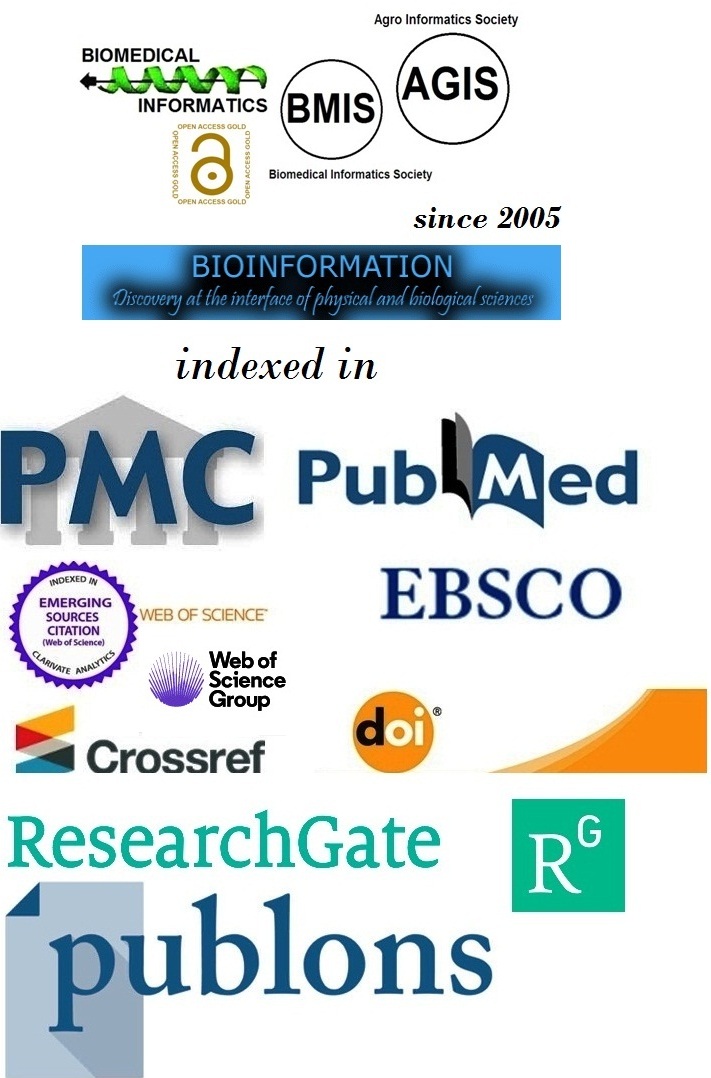Title
Inflammatory and hematologic biomarker profiles across central branch and hemi-retinal vein occlusion
Authors
Pankaj Kushwaha1,*, Anjali Singh1 & Praher Shrivastava2
Affiliation
1Department of Ophthalmology, Chhindwara Institute of Medical Sciences, Chhindwara, Madhya Pradesh, India; 2Department of Ophthalmology, Atal Bihari Vajpayee Government Medical College, Vidisha, Madhya Pradesh, India; *Corresponding author
Pankaj Kushwaha - E-mail: pankaj205020kushwaha@gmail.com
Anjali Singh - E-mail: anjalibitiya07@gmail.com
Praher Shrivastava - E-mail: prahershrivastava1991@gmail.com
Article Type
Research Article
Date
Received August 1, 2025; Revised August 31, 2025; Accepted August 31, 2025, Published August 31, 2025
Abstract
Retinal vein occlusion (RVO) is a common vision-threatening vascular disorder, yet reliable biomarkers to predict its severity at first presentation are lacking. Therefore, it is of interest to assess complete blood counts and fasting lipids within 24 hours of diagnosis of 50 newly diagnosed Retinal vein occlusion (RVO) eyes and 50 controls. Neutrophil-to-lymphocyte ratios (NLR), platelet-to-lymphocyte ratio (PLR) and monocyte-to-HDL ratio (MHR) were calculated; severity was graded clinically and angiographically. Logistic regression adjusted for age, hypertension, diabetes and LDL and Receiver-operating characteristics (ROC) determined optimal cut-offs. Simple ratios derived from a haemogram strongly predicted RVO severity independent of traditional risk factors. NLR and PLR could be incorporated into first-visit triage to prioritize fluorescein angiography and early anti-VEGF therapy in high-risk eyes.
Keywords
Retinal vein occlusion; neutrophil-lymphocyte ratio; platelet-lymphocyte ratio; monocyte-HDL ratio; inflammation; ischaemia
Citation
Kushwaha et al. Bioinformation 21(8): 2781-2784 (2025)
Edited by
Vini Mehta
ISSN
0973-2063
Publisher
License
This is an Open Access article which permits unrestricted use, distribution, and reproduction in any medium, provided the original work is properly credited. This is distributed under the terms of the Creative Commons Attribution License.
